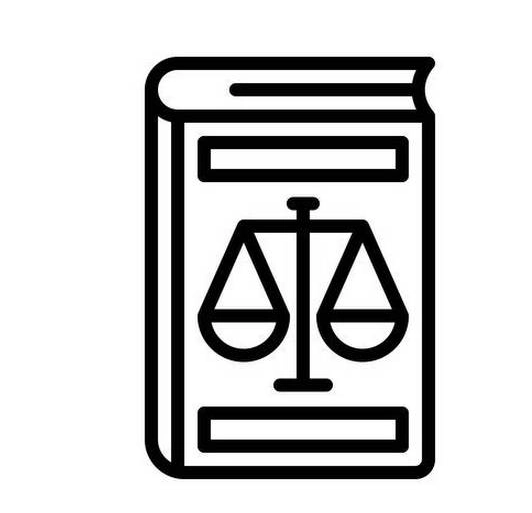Evolution of Constitution

Figure 1: No Copyright Infringement Intended
Context:
- Recently, on 26th November the Constitution Day was celebrated by the Parliament. It was on this day, 72 years ago that the Constitution of India was adopted by the Constituent Assembly.
Evolution of Our Constitution
- The evolution of Constitution begins with the Objective Resolution. The ideals of French Revolution i.e., Liberty, Equality, Fraternity have been the foundational values.
- The curse of untouchability, caste system has been attempted to be removed by incorporating the ideas of social justice under Article 15.
- The presence of Dr. Ambedkar allowed for diversity of views.
- Ambedkar did not agree with many of the methods of national movement such as civil disobedience, non-cooperation. This allowed for different ideas in the Constitution as well.
Interpretation of constitution by judiciary over the years:
Text as Phase one:
- The Supreme Court adopted a textual approach, focusing on the plain meaning of the words used in the Constitution.
- In A K Gopalan Case, Supreme court decided that Articles 19 (Right to freedom), Art. 21 (Right to life) and Art. 22 (Protection against arbitrary arrest and detention) covered different subject matters and were to be read as separate codes rather than being read together.
- The Court read that the Constitution literally concluded that there was no limitations on parliament to amend the constitution.
Phase two- The structure
- Appeals to the text of the Constitution were gradually overtaken by appeals to the Constitution’s overall structure and coherence.
- In the leading case of Kesavananda Bharati v. State of Kerala (1973) Supreme Court concluded that the Parliament’s power to amend the Constitution did not extend to altering its “Basic structure”. And what constitutes basic structure is completely defined by the Court.
- Court also categorically rejected the Gopalan approach in favour of a structuralistic one in Maneka Gandhi v. Union of India (1978).
- The Court conceived of the fundamental rights as a cohesive bill of rights rather than a miscellaneous grouping of constitutional guarantees.
- The right to life was incrementally interpreted to include a wide range of rights such as clean air, speedy trial and free legal aid.
- This phase paved the way for court to play proactive role in governance of the country.
In both the phases, significant decisions involving the interpretation of the Constitution were entrusted to Constitution Benches (comprising five or more judges of court) and were carefully (even if incorrectly) reasoned.
Eclecticism as phase three
- Supreme Court’s interpretive philosophy turned far more result-oriented than it had ever been.
- Court often surrendered its responsibility of engaging in a thorough rights reasoning of the issues before it.
Reasons behind decline of reasoning within the court:
- Court strength grew from 8 to 32. Court began to sit in the bench of 2 or more judges.
- It effectively transformed itself into a “polyvocal” group of about a dozen sub-Supreme Courts.
- The Court began deciding cases based on a certain conception of its own role — whether as sentinel of democracy or protector of the market economy.
- It side-lined reason-giving in preference to arriving at outcomes that match the Court’s perception.
- Different Benches adopted inconsistent interpretive approaches based on their conception of the Court’s role
Impact of failure of court:
- It led to serious doctrinal incoherence and inconsistency across the law.
Phase four-Purpose
- The Court has acknowledged as critical to its interpretive exercise the purpose for which the Constitution has been enacted.
- The Court is now beginning to interpret the Constitution in accordance with its revolutionary and transformative potential.
- With about a dozen significant Constitution Bench decisions from the Supreme Court since September 2018, there has been a renaissance in decision-making by Constitution Benches.
- It includes cases like striking down the section 377 and the criminal offence of adultery and including the office of the Chief Justice of India within the scope of the Right to Information Act.
Way Forward
- The intricate workings of the Constitution can be understood by the learners through the understanding of the concept of ‘We the People’ and ‘Basic Structure Doctrine’. The Constitution of India has not imposed accountability on the Judiciary deliberately to allow for independence of the judiciary so that it would be functioning within the domains of Constitutionalism.



1.png)
